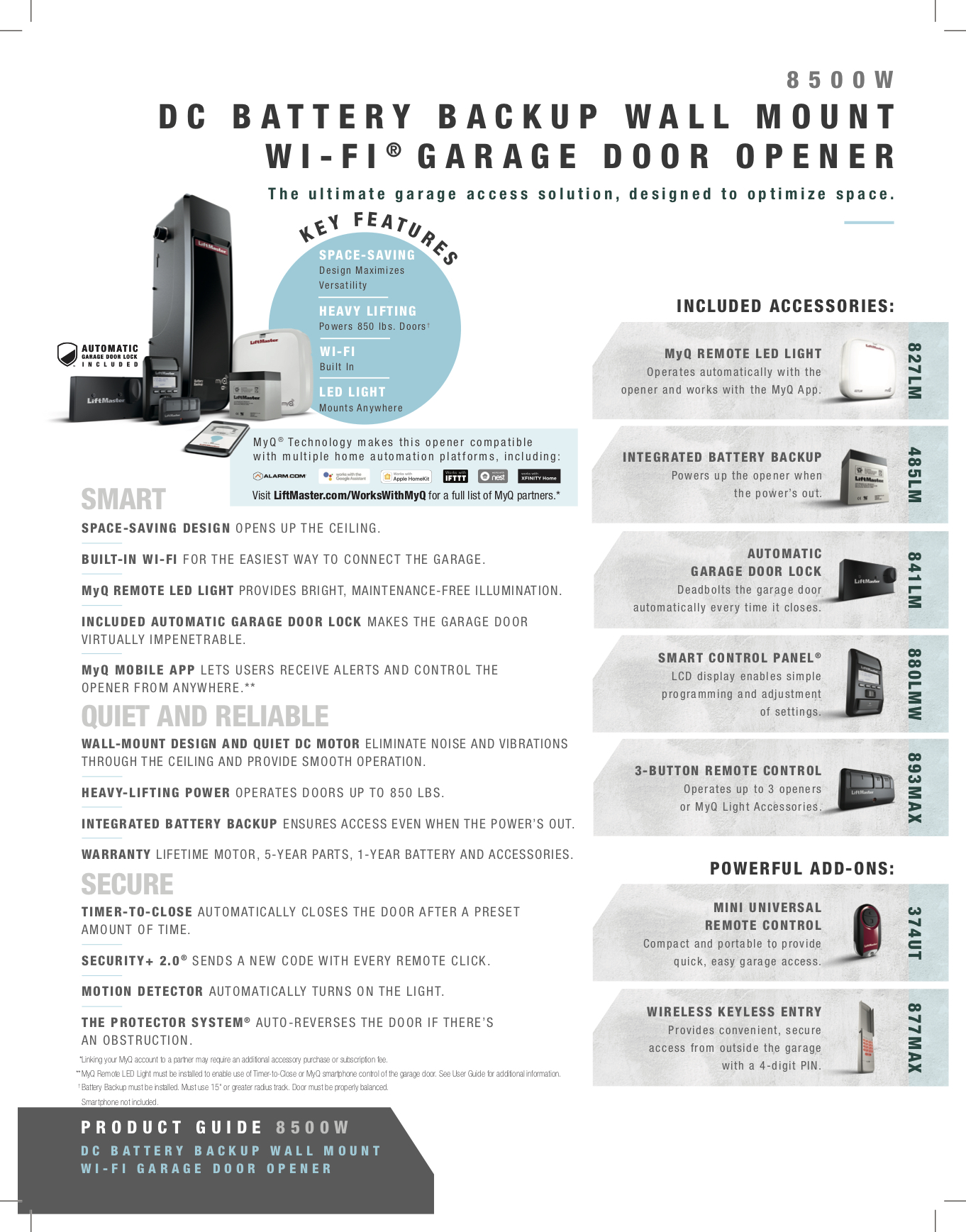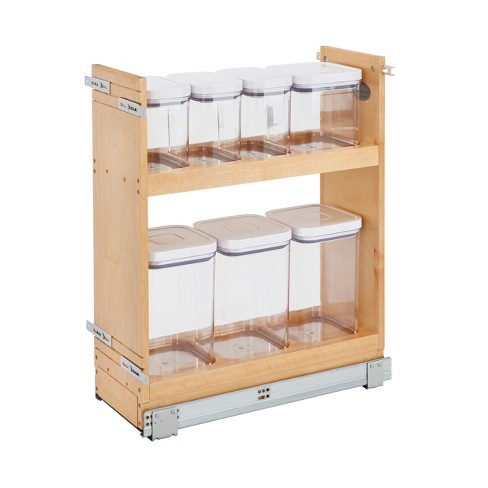
Insulated garage doors can be used to regulate temperature and lower energy consumption. Insulated garage doors are effective in keeping out noise and extreme weather, as well as protecting your belongings. Whether you are replacing your old door or installing a new one, make sure you get the right insulation for the job.
Radiant barriers are the best and most affordable form of garage door insulation. This insulation kit costs half as much as a foam kit. You can simply attach the kit using plastic clips once it is installed. This type of door insulation will keep your garage cool in the summer and warm in the winter.
Polyurethane is another form of garage door insulation that is very popular. Polyurethane is a dense, flame-resistant synthetic material that can be sprayed inside the door frame. It is more durable and longer-lasting than polystyrene. Polyurethane is a thermal insulator and can withstand temperatures up 700 degrees Fahrenheit.

A high-end option is insulated glass garage doors. These modern designs are extremely popular. They can increase curb appeal and add value to your home. They also let in lots of natural sunlight. They are an excellent choice to reduce noise and dampen street traffic.
A garage door with an insulated exterior is capable of controlling temperature. It keeps your garage at a consistent temperature which is important for food storage. An insulated garage door can ensure that your family's food remains fresher for longer and that your cars don't get damaged from temperature fluctuations.
Insulated garage doors also make it easier to keep your garage cool during summer. In hot weather, humidity can build up and lead to mold. You may also be at risk if your garage has high humidity levels.
Consider these tips if you're unsure whether an insulated garage is necessary. When not in use, lock the garage door. Insulate your garage roof and floor. Insulate your walls. Fourth, and last, if your budget allows, you can install insulation certified by organizations such as the Energy Star program.

It will save you time, money, stress, and money. You can make it a fun, exciting DIY project for your whole family. You have two options when you are ready to upgrade your front door. Either hire a professional or go it yourself. There are many options available, including a stained-glass window.
FAQ
What is the difference between building a new home and gutting a current one?
Gutting a home removes everything inside a building, including walls, floors, ceilings, plumbing, electrical wiring, appliances, fixtures, etc. Gutting is done when you want to make some modifications before moving in. Due to so many factors involved in the process of gutting a property, it can be very costly. The average cost to gut home ranges from $10,000 to $20,000, depending on your job.
Building a home means that a builder constructs a house piece by piece, then adds windows, doors, cabinets and countertops to it. This is typically done after purchasing lots and lots of lands. Building a home is normally much less expensive than gutting, costing around $15,000-$30,000.
It all depends on what you plan to do with your space. If you want to gut a home, you'll probably need to spend more because you'll be starting over. It doesn't matter if you want a home built. Instead of waiting for someone else, you can build it how you want.
What is the difference between a remodel and a renovation?
Remodeling is the major alteration to a space or a part of a space. A renovation is a minor alteration to a space or part of a place. A bathroom remodel, for example, is a major undertaking, while a new sink faucet is minor.
Remodeling involves replacing a complete room or a part of a entire room. A renovation is merely changing something in a particular room. Kitchen remodels can include changing countertops, sinks, appliances and lighting. However, a kitchen renovation could include changing the color of the wall or installing a light fixture.
How much does it take to tile a bathtub?
You might want to go big if you are going to do it yourself. Full bathroom remodels are an investment. If you think about the long-term advantages of having a gorgeous space for years to follow, it makes good sense to invest quality fixtures.
The right tiles can make a significant difference in the look and feel of your room. Here's how to choose the right tiles for your home, regardless of whether it's a small renovation or major project.
The first step is to decide what type of flooring you would like to install. Common choices include ceramics and porcelain as well as stone and natural wooden. Next, choose a style such as a classic subway tile or a geometric pattern. Next, choose a color palette.
A large bathroom remodel will require you to match the tile in the room. You could choose to use white subway tiles for the kitchen and bathroom, while using darker colors in other rooms.
Next, decide the scope of the project. Do you think it is time to remodel a small powder-room? Or would you prefer to add an extra bedroom in your master suite with a walkin-in closet?
Once you have decided on the scope of the project, visit your local store to view samples. By doing this, you will get an idea of the product's installation methods.
Finally, shop online for great deals on ceramic and porcelain tiles. Many sellers offer discounts and free shipping for bulk orders.
How do I determine if my house requires a renovation or remodel?
You should first check to see if your home has had any recent updates. A renovation may be a good idea if there have been no updates for several years. If your home appears brand-new, you might consider a renovation.
Second, make sure to inspect the state of your home. You should inspect your home for holes, peeling wallpaper, and broken tiles. A remodel is not necessary if your home appears to be in great condition.
Also, consider the general condition of your property. Is your house structurally sound? Do the rooms look clean? Are the floors clean and tidy? These questions are important when deciding which type of renovation you should go through.
What order should you renovate an existing house?
The roof. The second is the plumbing. The electrical wiring is third. Fourth, the walls. Fifth, the floor. Sixth, are the windows. Seventh, the doors. Eighth, is the kitchen. Ninth, the bathroom. Tenth, the garage.
Finally, after all this work is done, you'll have everything you need to get into the attic.
It is possible to hire someone who knows how to renovate your house. It takes patience, time, and effort to renovate your own home. It will also cost money. If you don't have the time or money to do all the work, why not hire someone else?
Renovations are not always cheap but can save you lots of money in long-term. A beautiful home can make your life easier.
Why should I renovate my house instead of buying a new one.
Although it is true that houses become more affordable every year, you still pay for the same area. You will pay more for the extra square footage, even though you might get more bang for you buck.
Maintaining a house that doesn’t need much maintenance is cheaper.
You can save thousands by remodeling your existing home rather than buying a completely new one.
Remodeling your home can make it more comfortable and suit your needs. You can make your home more comfortable for you and your family.
Statistics
- 57%Low-end average cost: $26,214Additional home value: $18,927Return on investment: (rocketmortgage.com)
- Windows 3 – 4% Patio or backyard 2 – 5% (rocketmortgage.com)
- According to a survey of renovations in the top 50 U.S. metro cities by Houzz, people spend $15,000 on average per renovation project. (rocketmortgage.com)
- $320,976Additional home value: $152,996Return on investment: 48%Mid-range average cost: $156,741Additional home value: $85,672Return on investment: (rocketmortgage.com)
- 55%Universal average cost: $38,813Additional home value: $22,475Return on investment: 58%Mid-range average cost: $24,424Additional home value: $14,671Return on investment: (rocketmortgage.com)
External Links
How To
How to remove tile grout from floor tiles
Most people are unaware of tile grouting. It seals the joints between tiles. There are many kinds of grout on the market today. Each type serves a specific purpose. We will show you how tile grout can be removed from floor tiles.
-
Before you can begin the process, ensure that you have all necessary tools. It would be best if you had a grout cutter, a grout scraper, and some rags.
-
Now it is time to clean the grout and remove any debris or dirt that has gotten under the tiles. Use the grout knife to remove the grout. Scrape away any remaining grout. You must be careful not to scratch any tiles.
-
After you've cleaned up everything, grab the grout scraper to remove any grout. If there isn't any grout left, you can go to step 4.
-
After all the cleaning is done, it's time to move on. Take one of the rags and soak it in water. Make sure the rag is fully wet. When the rag has become soaked, wring it out, so that excess water stays inside the rag.
-
The wet rag should be placed on the joint between the tile and the wall. Press firmly on the rag until the grout begins to break apart. Slowly pull the rug towards you, then continue pulling the rag back and forth until the grout has been removed.
-
Continue to repeat steps 4 and 5, until all grout has been removed. Rinse your ragout. If necessary, repeat the process.
-
After you have removed all grout, use a damp cloth to wipe the tiles' surface. Let dry thoroughly.